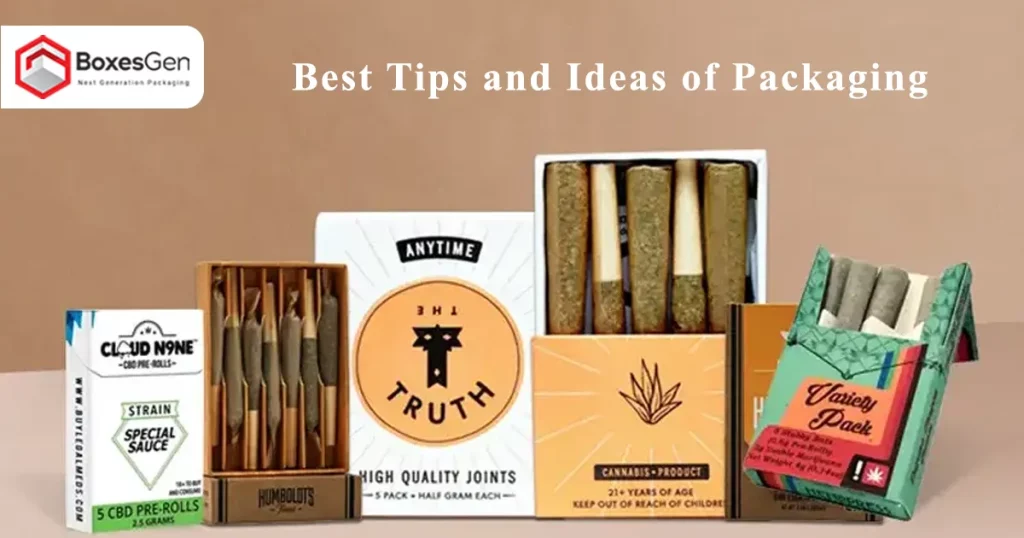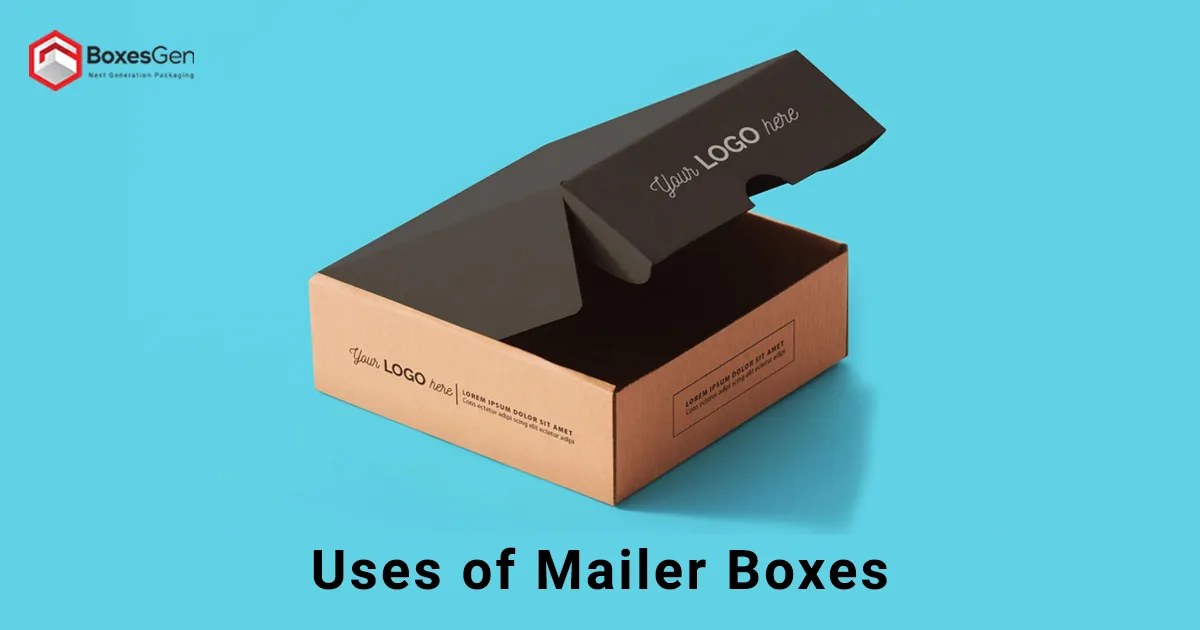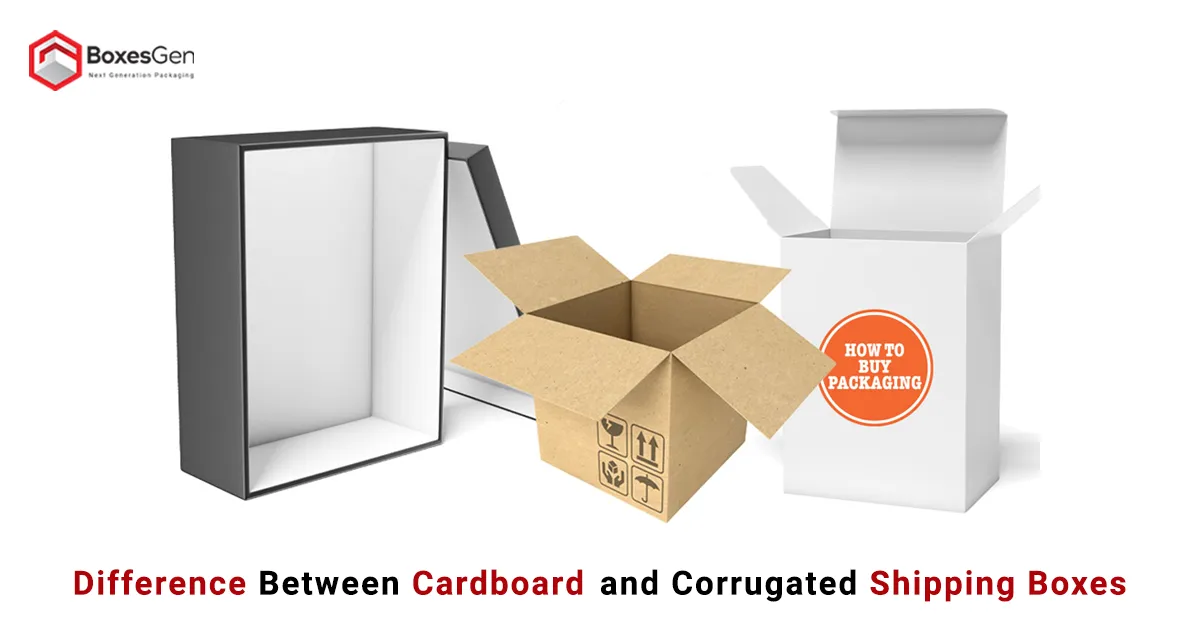Best Tips and Ideas for Packaging
In the ever-evolving world of business, packaging has become more than just a protective layer around your product; it is an integral part of brand identity and consumer experience. This comprehensive guide will explore the best tips and ideas for packaging, covering everything from DIY solutions to sustainable packaging practices and luxurious designs.
Why DIY Packaging
DIY packaging is a cost-effective solution that allows businesses, especially startups, to add a personal touch to their products. It fosters creativity, enables customization, and gives your brand a unique identity. By investing time and effort into creating your Custom Product Packaging, you can establish a stronger connection with customers, showcasing the dedication and passion behind your brand.
Consider Future Packaging Needs
Anticipating future packaging needs is crucial for scalability. As your business grows, so will your product range. Ensure your Packaging Design is versatile enough to accommodate various sizes and shapes without losing appeal. This foresight will save you time and resources in the long run, allowing for a seamless product line expansion.
Luxury Packaging
Luxury packaging goes beyond protection; it is an art that increases the perceived value of your product. Investing in high-quality packaging materials, unique textures, and attention-grabbing Premium Finishes can create a memorable unboxing experience. Luxury Rigid Packaging attracts premium customers and highlights brand prestige, fostering a sense of exclusivity.
Capitalize on Market Trends
Stay ahead of the curve by aligning your custom packaging with current market trends. Whether incorporating sustainable materials, minimalistic designs, or vibrant colors, understanding what appeals to your target audience can set your brand apart. Adapting to trends ensures your packaging remains relevant and resonates with consumers in an ever-changing market.
Check That Your Packaging Feels Intuitive
User experience is key in packaging design. Ensure that your packaging feels intuitive and easy to open. Frustration-free packaging delights customers and encourages positive reviews and repeat business. Consider incorporating features like tear strips, easy-open tabs, or reusable elements that improve the user experience.
Check the Competitors
Conduct thorough market research to understand your competitors’ packaging strategies. Identifying what works well and what doesn’t in your industry can inspire innovative product packaging solutions. Analyzing competitor packaging also helps you differentiate your brand, ensuring your products stand out on the shelves.
Custom Cards
Including custom cards in your packaging allows you to convey a personal message, share your brand story, or provide product care instructions. Custom cards add a human touch, connecting the brand and the consumer. Craft thoughtful messages that resonate with your target audience, reinforcing brand loyalty.
Eco-Friendly Design
In an era where sustainability is paramount, Eco-friendly Kraft packaging is not just a trend but a necessity. Opt for biodegradable materials, reduce excess packaging, and communicate your environmental commitment. Eco-friendly design appeals to environmentally conscious consumers and aligns your brand with responsible practices.
Embrace Color
Color plays a key role in packaging psychology. Different colors evoke various emotions and perceptions. Choose a color palette that aligns with your brand identity and resonates with your target audience. Consistent use of colors across your Retail Packaging helps in brand recognition and creates a cohesive visual identity.
Give a Sneak Peek
Create excitement and anticipation by offering a sneak peek of your product through Custom Packaging or strategically placed openings. Allowing customers to see a portion of the product builds curiosity and can be a powerful marketing tool, especially for visually appealing items.
Minimal Packaging
Sometimes, less is more; minimal packaging reduces environmental impact and appeals to consumers who appreciate simplicity. A clean, minimalist design can convey elegance and sophistication, making your product visually appealing without unnecessary frills.
Padded Mailers
For delicate or fragile items, padded mailers provide extra protection during transit. Choose padded mailers that align with your brand aesthetic and provide ample cushioning to prevent damage. This ensures that your products arrive in original condition, increasing customer satisfaction.
Personalize the Box
Personalizing the outer packaging with your brand logo, tagline, or custom design creates a lasting impression. It reinforces brand recall and makes your package easily identifiable in a sea of deliveries. Personalization can be achieved through custom printing, labels, or even handwritten notes for a more authentic touch.
Product Competes with Package Design
Consider your packaging as an extension of your product. The design should complement and highlight the product itself. Strive for a cohesive look that reflects the quality and value of your offerings. A well-designed package protects the product and adds to its overall perceived value.
Select Appropriate Fonts
The choice of fonts in your packaging design contributes to brand personality. Select fonts that align with your brand identity – bold, modern, elegant, and classic. Consistency in font usage across different packaging elements establishes a cohesive and professional look.
Sustainability
Sustainability is not just a buzzword; it is a consumer demand. Commit to sustainable packaging practices by using recyclable or biodegradable materials. Communicate your eco-friendly initiatives on the packaging, appealing to environmentally-conscious consumers and fostering a positive brand image.
Tape Options
Even the tape you use can contribute to your packaging aesthetics. Customized tapes with your brand logo or color scheme add a finishing touch to your packages. Beyond aesthetics, ensure the tape is strong and secure, preventing any mishaps during transit and reinforcing the professionalism of your brand.
Think Like a Customer
Step into your customers’ shoes and evaluate your packaging from their perspective. Consider factors like ease of opening, protective measures, and visual appeal. A customer-centric approach ensures that your packaging meets the expectations and preferences of your target audience.
Tissue Paper
Tissue paper adds a touch of elegance to your packaging. Use it to wrap delicate items or as a decorative element within the box. Choose colors that complement your brand palette, creating a cohesive and visually pleasing unboxing experience for your customers.
Visualize the Design
Before finalizing your packaging, visualize the design in different contexts. Consider how it will appear on store shelves, online listings, or social media. Visualizing the design in various scenarios helps identify potential issues and ensures the packaging maintains its appeal across different platforms.
Simple Packaging Design
Simplicity is timeless. A simple packaging design is clean, uncluttered, and easy to understand. It communicates the essence of your brand without overwhelming the customer. Opting for simplicity facilitates cost-effective production and reinforces a modern, sophisticated brand image.
Choose the Right Material
The choice of packaging material is critical. Consider the nature of your product and opt for materials that offer adequate protection. Whether cardboard, glass, plastic or a combination, the material should align with your brand values and contribute to the overall visual appeal.
Keep It Simple
Complexity in packaging can lead to confusion and frustration. Keep your packaging simple. Convey essential information, such as product details, instructions, and branding, without overwhelming the customer with unnecessary elements. A simple design is more likely to resonate and be memorable.
Test Your Packaging
Before mass production, conduct thorough testing of your packaging. Evaluate its durability, functionality, and overall aesthetic appeal. Seek feedback from a diverse group, including potential customers, to identify improvements. Testing ensures that your packaging meets the highest standards before reaching the market.
Choose the Correct Packaging
Selecting the right type of packaging is crucial. Consider factors such as fragility, size, and weight of your product. Whether it is boxes, bags, or containers, the chosen packaging should protect the product and contribute to the overall brand image and consumer experience.
Be Honest
Honesty in packaging builds trust with your customers. Communicate product information, features, and any limitations. Avoid exaggerations or misleading claims that could lead to disappointment. An honest approach fosters long-term customer relationships and positive reviews.
Create Your Package Concept
Start the packaging design process by creating a comprehensive concept. Define your brand aesthetic, color scheme, and key elements. Consider how each aspect contributes to the overall narrative of your brand. A well-thought-out package concept serves as a roadmap for the entire design process.
Conclusion
Mastering the art of packaging involves a strategic blend of creativity, functionality, and a deep understanding of your target audience. By implementing these tips and ideas, you can uplift your packaging to protect your products and create a memorable and delightful experience for your customers, ultimately increasing your brand’s success in the market.








